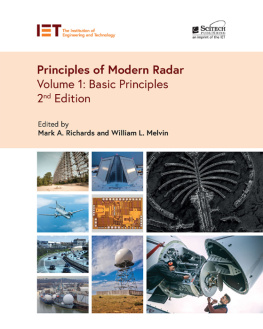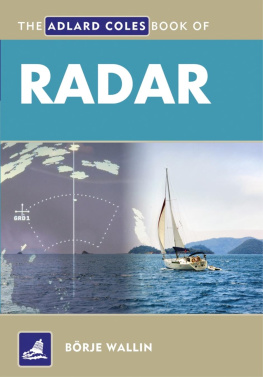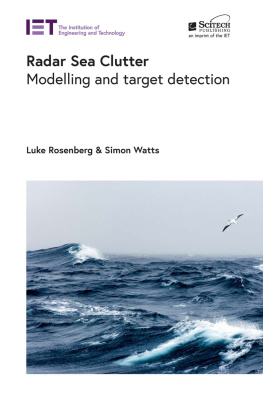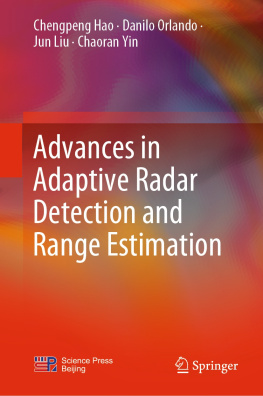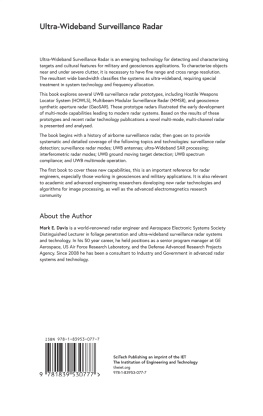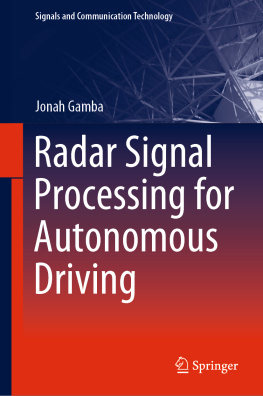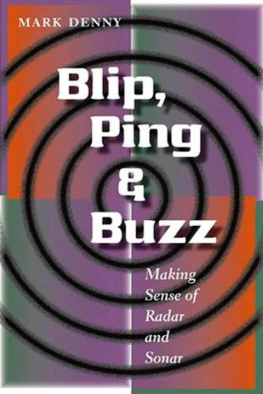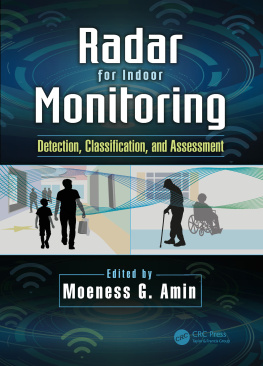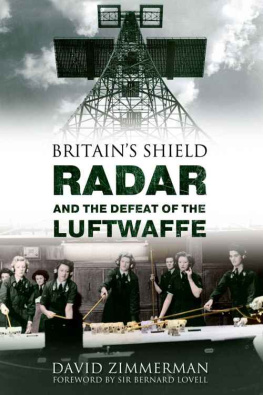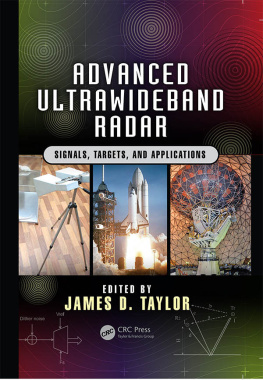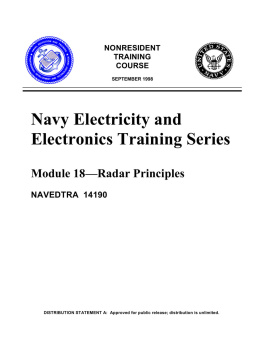Mark A. Richards - Principles of Modern Radar: Basic Principles
Here you can read online Mark A. Richards - Principles of Modern Radar: Basic Principles full text of the book (entire story) in english for free. Download pdf and epub, get meaning, cover and reviews about this ebook. City: London, year: 2023, publisher: Scitech Publishing, genre: Science. Description of the work, (preface) as well as reviews are available. Best literature library LitArk.com created for fans of good reading and offers a wide selection of genres:
Romance novel
Science fiction
Adventure
Detective
Science
History
Home and family
Prose
Art
Politics
Computer
Non-fiction
Religion
Business
Children
Humor
Choose a favorite category and find really read worthwhile books. Enjoy immersion in the world of imagination, feel the emotions of the characters or learn something new for yourself, make an fascinating discovery.
- Book:Principles of Modern Radar: Basic Principles
- Author:
- Publisher:Scitech Publishing
- Genre:
- Year:2023
- City:London
- Rating:5 / 5
- Favourites:Add to favourites
- Your mark:
Principles of Modern Radar: Basic Principles: summary, description and annotation
We offer to read an annotation, description, summary or preface (depends on what the author of the book "Principles of Modern Radar: Basic Principles" wrote himself). If you haven't found the necessary information about the book — write in the comments, we will try to find it.
The second edition of Principles of Modern Radar Volume 1: Basic Principles is a comprehensive textbook for courses on radar systems and technology at the college senior and graduate student level. It is also a professional training and self-study textbook for engineers switching to a career in radar as well as a professional reference for current radar engineers. It is unique in its breadth of coverage, its emphasis on current methods and its careful balance of qualitative explanation and quantitative rigor appropriate to its intended audience.
The book focuses on four key areas:
- Basic concepts such as the radar range equation and threshold detection.
- Radar signal phenomenology, such as radar cross section models, clutter echo, atmospheric effects and Doppler effects.
- Descriptions of all the major subsystems of modern radars such as the antenna, transmitter, and receiver, and including modern architectural elements such as exciters and advanced signal processors.
- Signal and data processing techniques, from digital signal processing fundamentals to detection, Doppler processing, waveforms and pulse compression, basic imaging concepts and measurement and tracking fundamentals.
The popular first edition of Principles of Modern Radar has been completely updated to remain current with new developments in radar hardware technology, signal processing and applications, while maintaining its focus on timeless basic principles.
Mark A. Richards: author's other books
Who wrote Principles of Modern Radar: Basic Principles? Find out the surname, the name of the author of the book and a list of all author's works by series.

